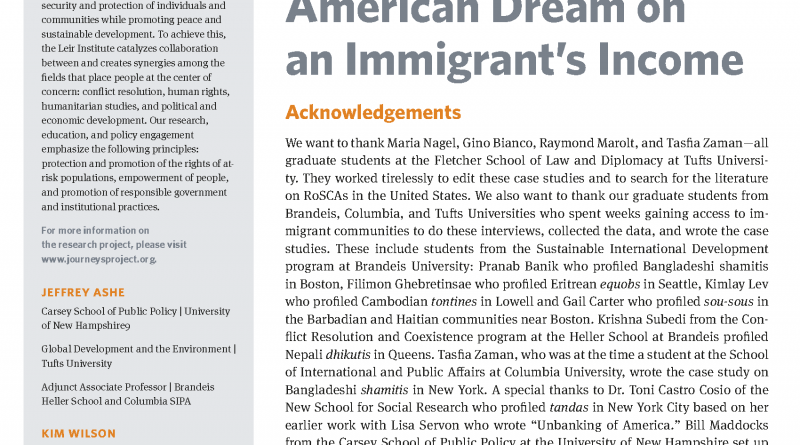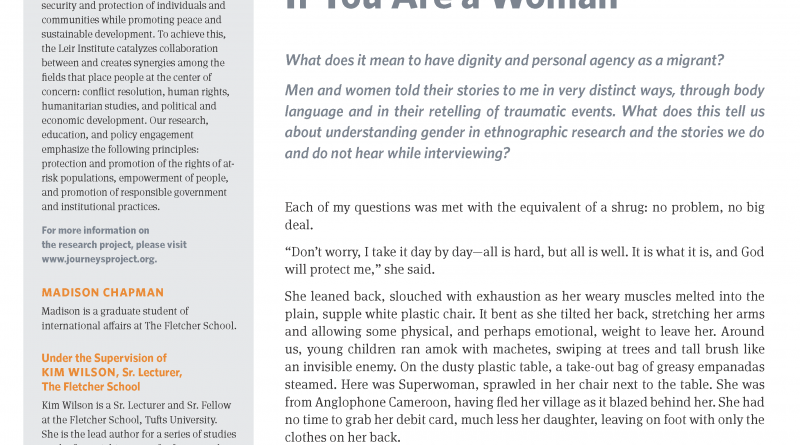How to Achieve the American Dream on an Immigrant’s Income
By Jeffrey Ashe, Kim Wilson.
The American Dream—being able to earn a good living, buy a home, send children to school, and build a life in the United States regardless of social stature or place of birth—is an aspiration for most who immigrate to the United States. While new immigrants may be fleeing violence, poverty, and persecution—so called “push factors”—they are also pulled by the prospects of a better life for themselves and their children. Some immigrants arrive in the United States wealthy, educated, and fluent in English. These case studies focus on immigrants who may arrive with a few dollars in their pocket, struggle with English, and sometimes are without legal documents. Our research examines how immigrant households save up in groups to transform income that is irregular, uncertain, and low into regular, predictable, and meaningful sums of cash.


